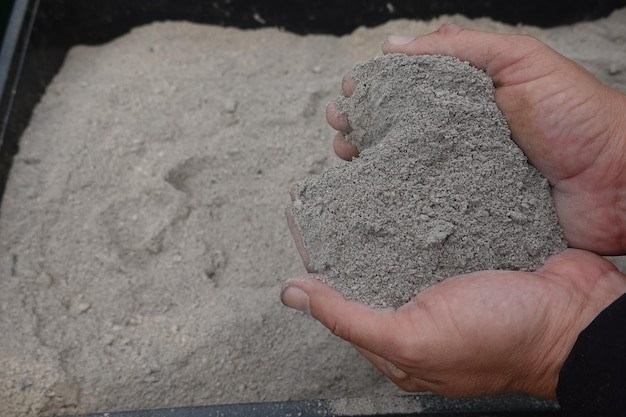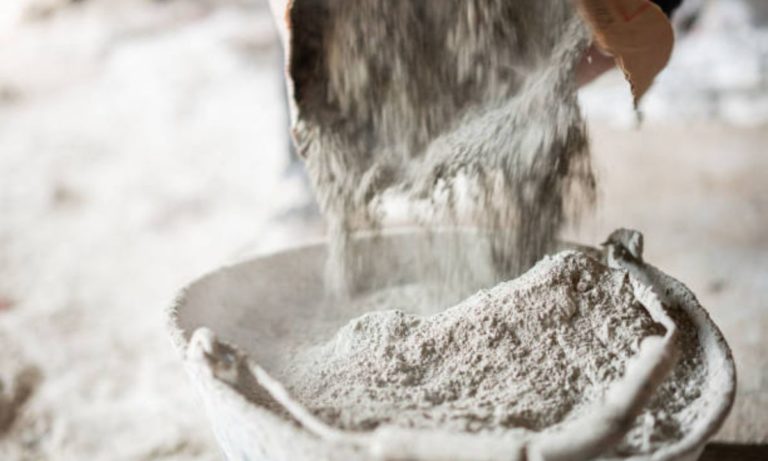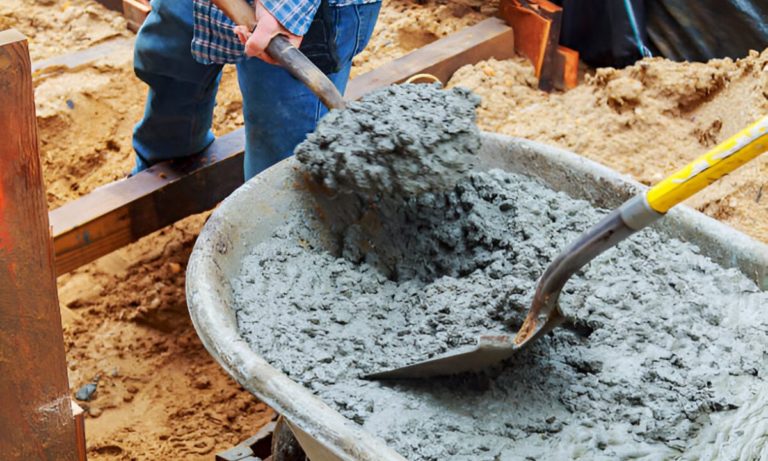How Does a Cement Silo Work in Bangladesh
The best prospects for the industry are found in Bangladesh. Bangladesh is expanding daily due to inventions and new methods. Because the construction sector is also advancing technologically, the machinery and equipment employed by construction organizations are sophisticated and of the highest caliber.
To complete the process of ready-mix concrete batching plant, the use of Cement Silo is mandatory for you. As we know, the builders and construction industry use modern methods of concrete production and nowadays many advanced types of equipment like Read to Mix Concrete Batching Plant. Therefore, you should also know about the Cement Silo.
In this blog, we will talk about How Cement Silo works in Bangladesh for the production of error-free concrete.
What is a cement silo?
A cement silo is a container designed for storing bulk materials. Cement silos are commonly utilized in concrete batching and dry mix mortar facilities. The cement silo stores a significant amount of material, has a discharge port under it, and the screw transports the cement to where it is needed.
Cement silos are primarily used to store bulk commodities safely and economically. The material stored in cement silos is typically transferred to the manufacturing site via truck or railroad. The materials are subsequently unloaded into the plant’s storage facility. Other equipment, such as belt conveyors or bucket elevators, can be used to carry it from one location to another during various stages of production until it reaches its final destination.
To learn more about the different types of cement used in Bangladesh, check out this guide.
Types of silos?
There are generally 3 types of cement silos: vertical cement silos, horizontal cement silos, and portable cement silos.
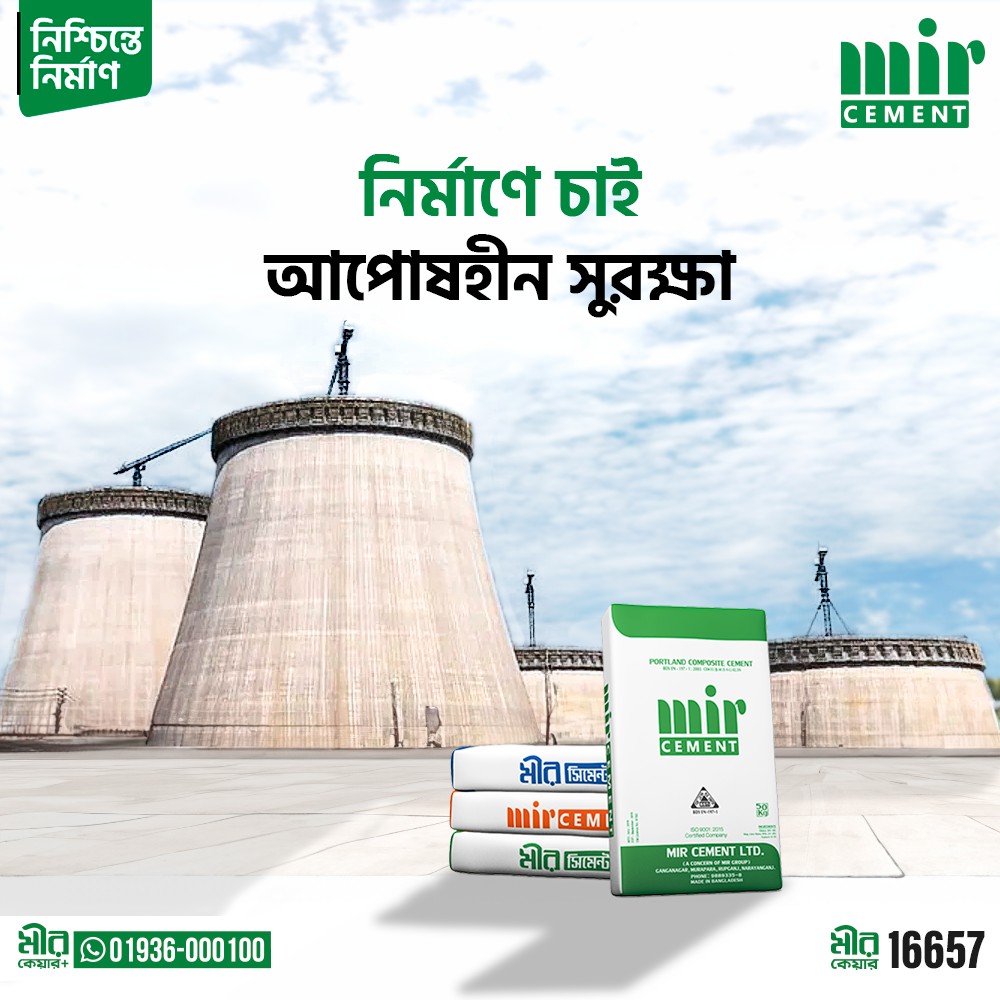
Vertical cement silo
This style features a cylindrical shape with a conical bottom and a circular top. According to its structure, it can be classified as a bolt-type or an entire cement silo. The vertical cement silo used for export is fastened to save transportation space; it is erected piece by piece once it arrives at its destination.
The entire vertical cement silo is large enough to accommodate short-distance trucks. Among them, 200T and 300T cement silos require customization. The overall cement silo occupies less area and has a long service life and low cost, which is the first choice for most users.
Horizontal cement silo
A horizontal cement silo, also known as a containerized cement silo, is a closed tank for storing bulk materials at a low height, and no installation is required. It is environmentally friendly and saves money for you.
Portable cement silo
The portable cement silo is a revolutionary, convenient mixing plant layout. The mobile mixing plant is a set of machines that include feeding, storage, weighing, mixing, and unloading, all mounted on the same platform.
Such a structure is compact and easy to transport. It can enter the construction site directly, minimizing the distance of concrete transport, enhancing economic efficiency, and increasing convenience and availability for small and medium-sized building or maintenance projects with congested traffic.
The Role of Cement Silos
A cement silo is more than just a storage container for cement. It provides crucial tasks within a concrete batching plant, influencing overall concrete production efficiency.
An effectively designed cement silo ensures that the cement is properly contained, dry, and available at the right time in the concrete mixing process.
Cement is an essential ingredient in concrete, and care has to be taken in handling and storage. Cement silos offer a protected position for cement and help to avoid unfavorable factors like moisture and pollution. Such preservation is necessary because the quality of the cement used eventually determines the strength of the concrete product to be developed.
Regarding the concrete mix, time and quantity are critical aspects when it comes to preparing the concrete. Cement silos contain provisions that allow the controlled dispensing of cement. It ensures that the right amount of cement is blended with other materials, like aggregates and water, at the right time. Synchronization is required to achieve the appropriate consistency and quality of concrete.
Choosing the right cement is crucial for your project. Get insights by reading this article
How does a cement silo work in Bangladesh?
A cement silo is a crucial component of concrete batching plants, designed to store large quantities of cement efficiently and safely. In Bangladesh’s bustling construction industry, cement silos play a vital role in ensuring a steady supply of this essential material. The working principle of cement silos is as follows:
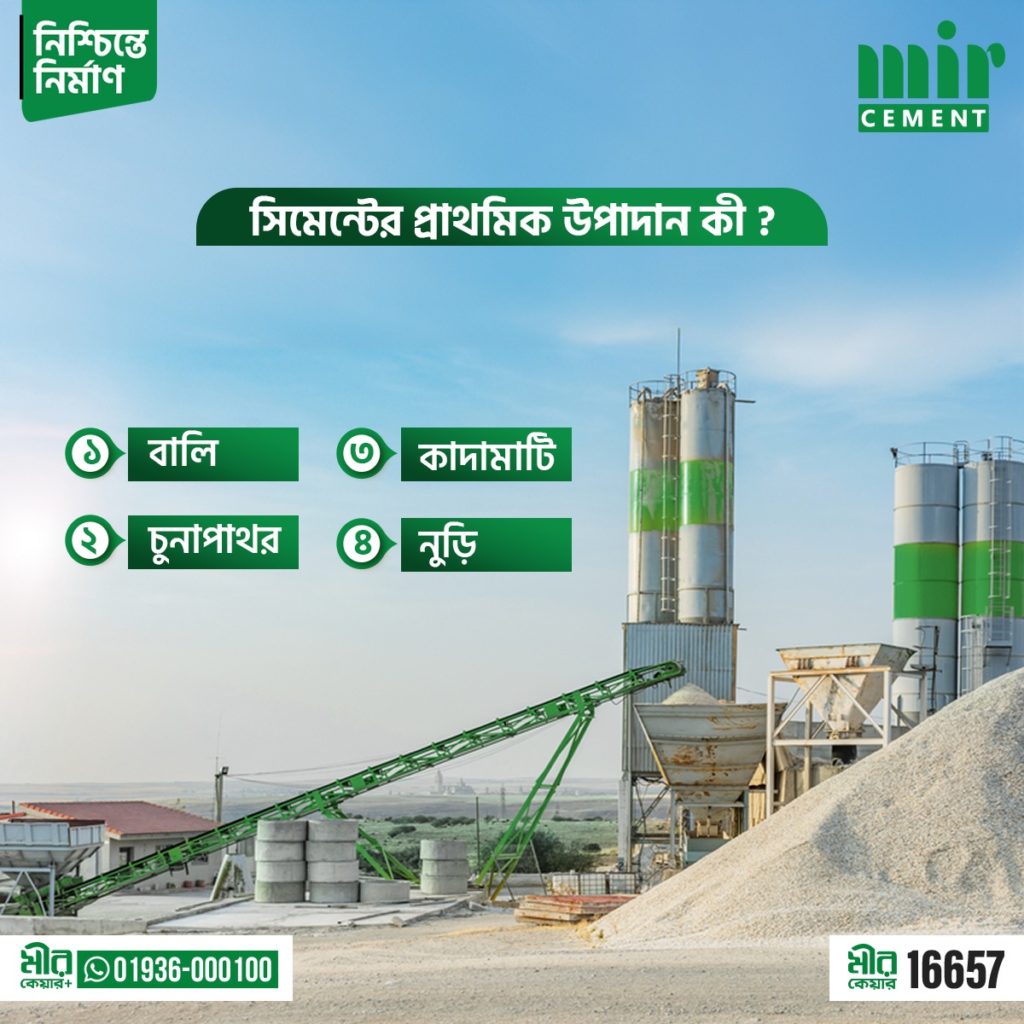
The main operating idea is to put the material into the silo from the top. Usually, cement is delivered to storage in special trucks, and it is blown through the pneumatic hose into the silo.
After filling, the cement is safely placed in the cement silo, which is well protected from moisture and other conditions within the environment that might affect the quality of the cement. Silos are commonly constructed from steel or concrete to provide long service with acute protection from exposure of the cement to weather to avoid cases where the cement absorbs moisture and is contaminated.
In the case of cement, when it is needed, it is conveyed through a discharge mechanism located at the bottom of the silo. This part of the procedure is significant and approximates the kind of silo.
In some cases, the cement within the silo is allowed to flow by gravity to the bottom and out of the silo, while in other silos, there are mechanical means like a screw conveyor or an auger to push the cement out of the silo. Aerators can also be used to fluidize the cement, making it easier to handle and less likely to settle and clump.
This efficient extraction technique assures the constant flow and availability of cement for manufacturing operations, which contributes considerably to maintaining productivity in cement-using environments.
About Mir Cement- Cement Producer & Manufacturer in Bangladesh
Mir Cement began operations in 2004 intending to provide multifaceted advantages to Bangladesh’s building sector. It is owned by Mir Akhter Hossain Limited, one of the country’s leaders in infrastructure project building.
All of the group’s companies like Mir Group are focused on building and technology, with a strong emphasis on pooling resources to maintain a cement standard that is well ahead of the curve.
Throughout the years, we Mir Cement have dedicated our efforts to producing and providing global standard goods that provide maximum strength from the use of the smallest amount of our product – Mir Cement.
Our rigorous research and development procedures, in addition to our focus on cement blend, technology integration in manufacturing, storage, and supply chain, and user requests and requirements, have helped us to achieve this goal. Furthermore, our unwavering business approach has established us as one of Bangladesh’s most reputable cement makers.
Read also- PPC vs PSC Cement: Which is Better to Use in Bangladesh
Conclusion
In conclusion, cement silos are more than just storage facilities; they are vital to the efficient running of concrete batching plants. Their function in assuring the quality, efficiency, and safety of concrete production makes them a vital component of the construction industry. Understanding and investing in a well-designed cement silo and batching system is critical for any construction project’s success.
For both large and small building projects, the seamless integration and operation of cement silos within concrete batching plants ensures that the highest concrete standards are continuously and effectively met. This ensures that constructions are sturdy and lasting, demonstrating the intricacy and precision of modern construction techniques.



